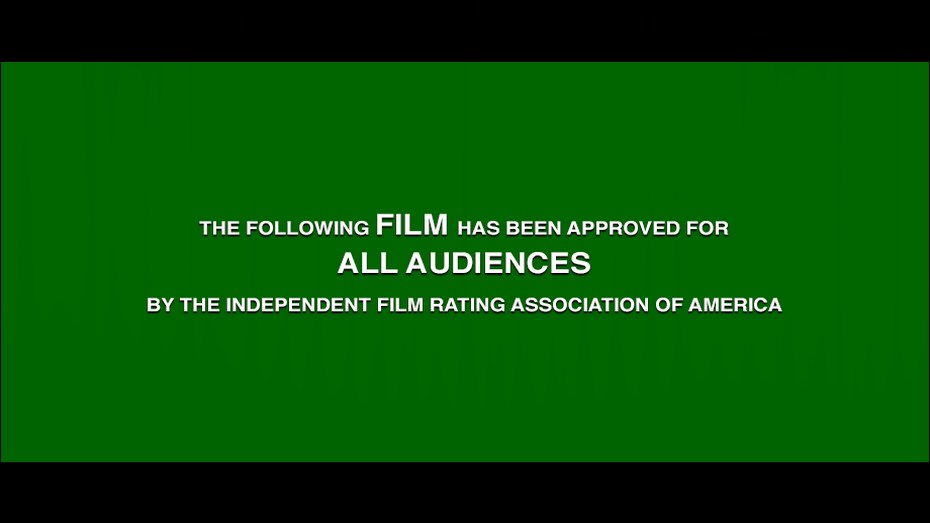Ko ta maatau whare pikitia me to wharepukapuka whakaataata ka taea noa te rere, te tango mai ranei ma nga mema anake
Me matakitaki tonu mo te FREE ➞He iti ake te waa 1 meneti ki te Haina Mai ka pai ai ki a koe te koa ki nga Kiriata Mutunga & Taitara TV.

Operation Sandstone (1948)
In 1948, the U.S. nuclear stockpile consisted of approximately 50 atomic bombs. Since the industrial complex to produce more nuclear weapons was not fully complete and there were limited amounts of plutonium, researchers wanted to develop more efficient implosion bombs. Operation Sandstone was a series of atmospheric nuclear "proof tests" conducted in the Pacific Proving Grounds Marshall Islands area April and May 1948. The goal of this test series was to prove the workability of changes to implosion warhead design that used less plutonium. The first shot, X-ray, conducted on April 14, 1948, had a yield of 37 kilotons. The second shot, Yoke, detonated on April 30, had a yield of 49 kilotons, while the last shot, Zebra, occurred on May 14 with a yield of 18 kilotons.
Tuku: Aug 22, 1948
Rongonui: 0.001
Reo:
Studio: The United States Air Force
Whenua: United States of America
